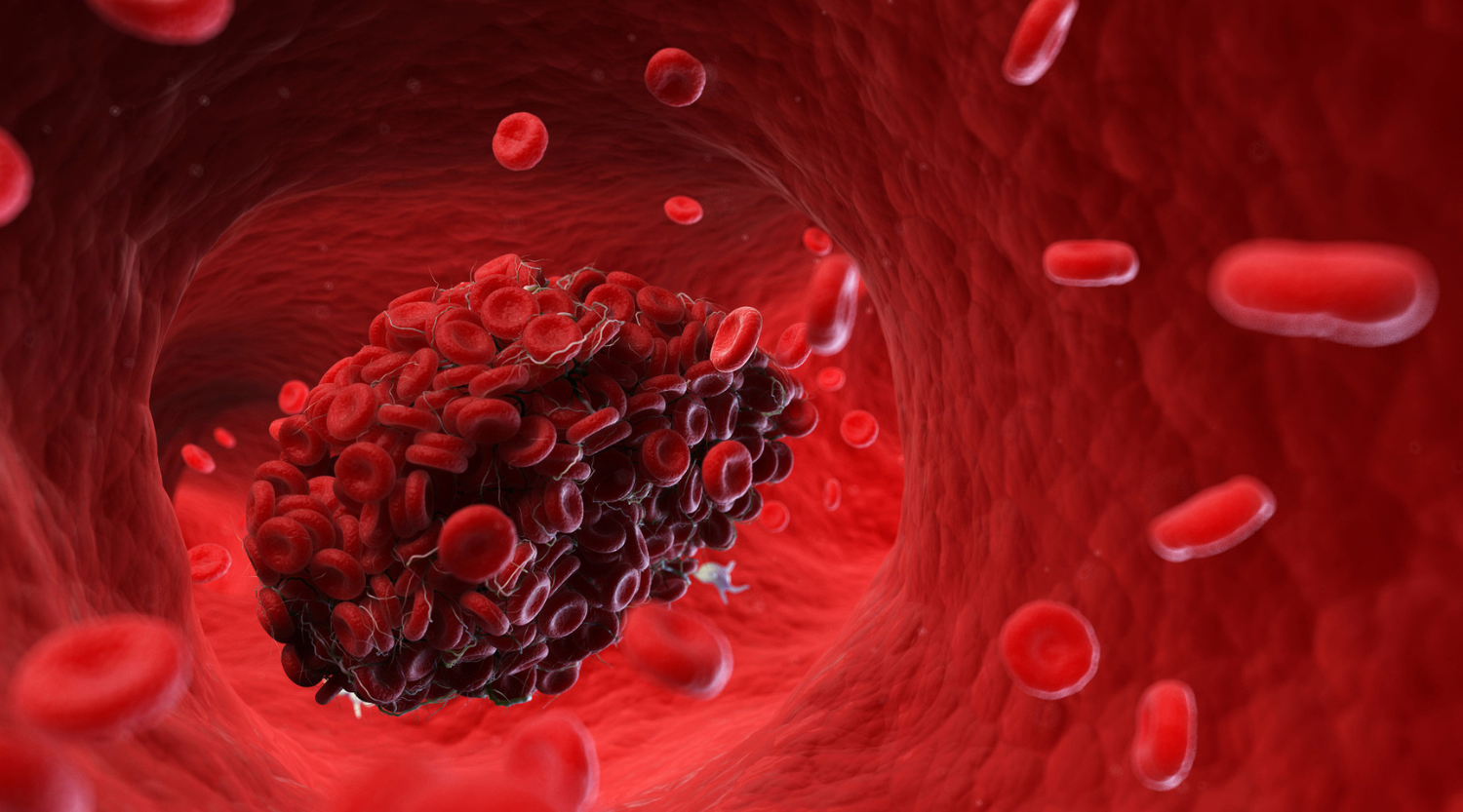
Important Information on Deep Vein Thrombosis and Pulmonary Embolism
Deep vein thrombosis, or DVT, is a blood clot that forms in a vein deep in the body, most often in the legs. If gone untreated, DVT can lead to pulmonary embolism, a potentially fatal condition in which a blood clot travels to the lung. Take a look at the statistics:
- Nine out of 10 cases of pulmonary embolism are caused by blood clots that form in the legs;
- More than 600,000 people in the United States have a pulmonary embolism each year, and more than 10 percent of them die as a result;
- Most deaths occur within 30 to 60 minutes after symptoms start;
- Pulmonary embolism occurs equally in men and women;
- The risk of having a pulmonary embolism double for every 10 years after age 60.
Health and Lifestyle Factors for DVT
Vein specialists at The Vein Center of Jacksonville warn that certain health and lifestyle factors can boost your risk for DVT. These include:
- Inherited conditions that increase the risk for blood clotting;
- Low blood flow in a deep vein due to injury, surgery, or prolonged immobility.
- Cancer and certain cancer treatments;
- A history of varicose veins and other venous diseases or conditions;
- Sitting or lying down for long periods of time, such as on a long car, train or airplane trips, or being bedridden due to an illness;
- Pregnancy and the first six weeks after giving birth;
- Being over 60 years of age;
- Being significantly overweight;
- Taking birth control pills or hormone therapy treatments;
- Having a medical condition that requires a tube placed in a vein to allow easy access to the bloodstream for medical treatment, such as a central venous catheter.
If you’re at risk for DVT, it’s important that you learn ways to reduce your risks. Regular exercise, good nutrition, drinking plenty of water and nixing your smoking habit can help.
What Medical Devices are Used in DVT Treatment?
Many advanced medical devices are used for Deep Vein Thrombosis treatment. From the protective Inferior Vena Cava (IVC) filter to compression stockings, pneumatic compression devices, and catheter-directed thrombolysis, these innovative tools significantly impact DVT management.
If you already have a condition that can contribute to DVT and pulmonary embolism, such as varicose veins, call North Florida’s premier vein clinic, The Vein Center of Jacksonville at 904.420.7576 (VEIN) to schedule a consultation.
Frequently Asked Questions

IAC Accredited Vascular Testing
We are proud to be distinguished as an IAC Accredited Vascular Testing Facility. The Vein Institute adheres to the strictest national guidelines for vascular testing, demonstrating a commitment to the highest quality patient care.
During hot summer weather, the symptoms of varicose veins tend to worsen, causing more pain and inflammation. About 24 million Americans suffer from vein issues, and the high temperatures can exacerbate these conditions, leading to discomfort and swelling. How can you keep your varicose veins from worsening when the weather gets warmer? At The Vein […]
As you already know, pregnancy can bring significant changes to the body, but did you know that up to 40% of pregnant women experience varicose veins during pregnancy? When pregnant, women are also up to five times more likely to develop vein conditions as compared to those who are not pregnant. At The Vein Institute, […]




